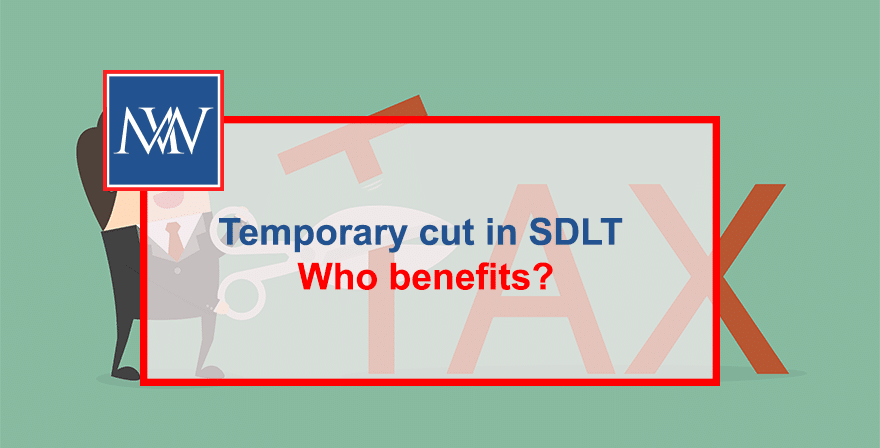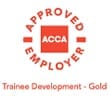
Temporary cut in SDLT – Who benefits?
To boost confidence in the property market and to maintain the momentum that has been gained since the easing of lockdown, the Government has announced a temporary increase in the residential stamp duty land tax (SDLT) threshold. From 8 July 2020 until 31 March 2021, the residential SDLT threshold is increased from £125,000 to £500,000. Above £500,000 the normal residential rates apply. SDLT applies to properties in England and Northern Ireland.
The rate of residential SDLT applying from 8 July 2020 to 31 March 2021 are as shown in the following table.
| Property value | Main home | Additional properties |
| Up to £500,000 | Zero | 3% |
| Next £425,000 (£500,001 to £925,000) | 5% | 8% |
| Next £575,000 (£925,001 to £1.5 million) | 10% | 13% |
| The remaining amount (over £1.5 million) | 12% | 15% |
Residential properties only
The increased threshold applies only to residential properties; the threshold for non-residential and mixed properties remains unchanged at £150,000.
For SDLT purposes a residential property is defined as:
- a building used or suitable for use as a dwelling, or is in the process of being constructed or adapted for use as a dwelling;
- the garden or grounds of such a building, including buildings of structures on such land;
- an interest or right over land that subsists for the benefit of such a building or land (for example, a right of way).
The test is at the effective date of the transaction.
In deciding whether the garden and grounds form part of a residential property, remember the SDLT test differs from that for private residence relief purposes for capital gains tax purposes.
Prior to the reduction, the non-residential and mixed rates were lower than the residential rates, so it was in HMRC’s interests for the property to be classed as a dwelling. The tribunal case of P N Bewley Ltd v HMRC [2019] TC06951, highlighted the problems that may arise in relation to dilapidated buildings and illustrates that what HMRC may consider to be a ‘dwelling’ may differ from what a lay person may regard as being suitable for use as a dwelling. However, this approach may help the taxpayer to benefit from the lower residential rates applying until 31 March 2021.
Additional homes
A 3% supplement applies to second and subsequent residential properties. As this is applied to the reduced residential rates, those looking to buy a second home or an investment property in England or Northern Ireland will also benefit from the cut.
First-time buyers
Prior to the reduction, a higher threshold of £300,000 applied to first-time buyers, as long as the purchase price was not more than £500,000. While first-time buyers paying less than £300,000 are unaffected by the reduction, those buying residential properties costing more than £300,000 will benefit from the reduction.
Mixed-use properties
Properties that are both residential and non-residential (for example where there is both a residential and a business element) pay SDLT at the non-residential rates. This is usually beneficial but means such properties will not benefit from the temporary increase in the residential SDLT threshold.
Properties in Scotland and Wales
The residential threshold for land and buildings transaction tax in Scotland is increased 145,000 to £250,000 from 15 July 2020 until 31 March 2021 and the residential threshold for land transaction tax in Wales is increased from £180,000 to £250,000 from 27 July 2020 until 31 March 2021. However, unlike the rest of the UK, purchasers of additional properties in Wales do not benefit from the increase; the supplement is applied to the rates applying prior to 27 July 2020.
For more information, Book a Free Consultation
Need Accountancy Support?
For information on bespoke training, or if you have any other questions for Makesworth Accountant, please fill in your details below




















 148
148